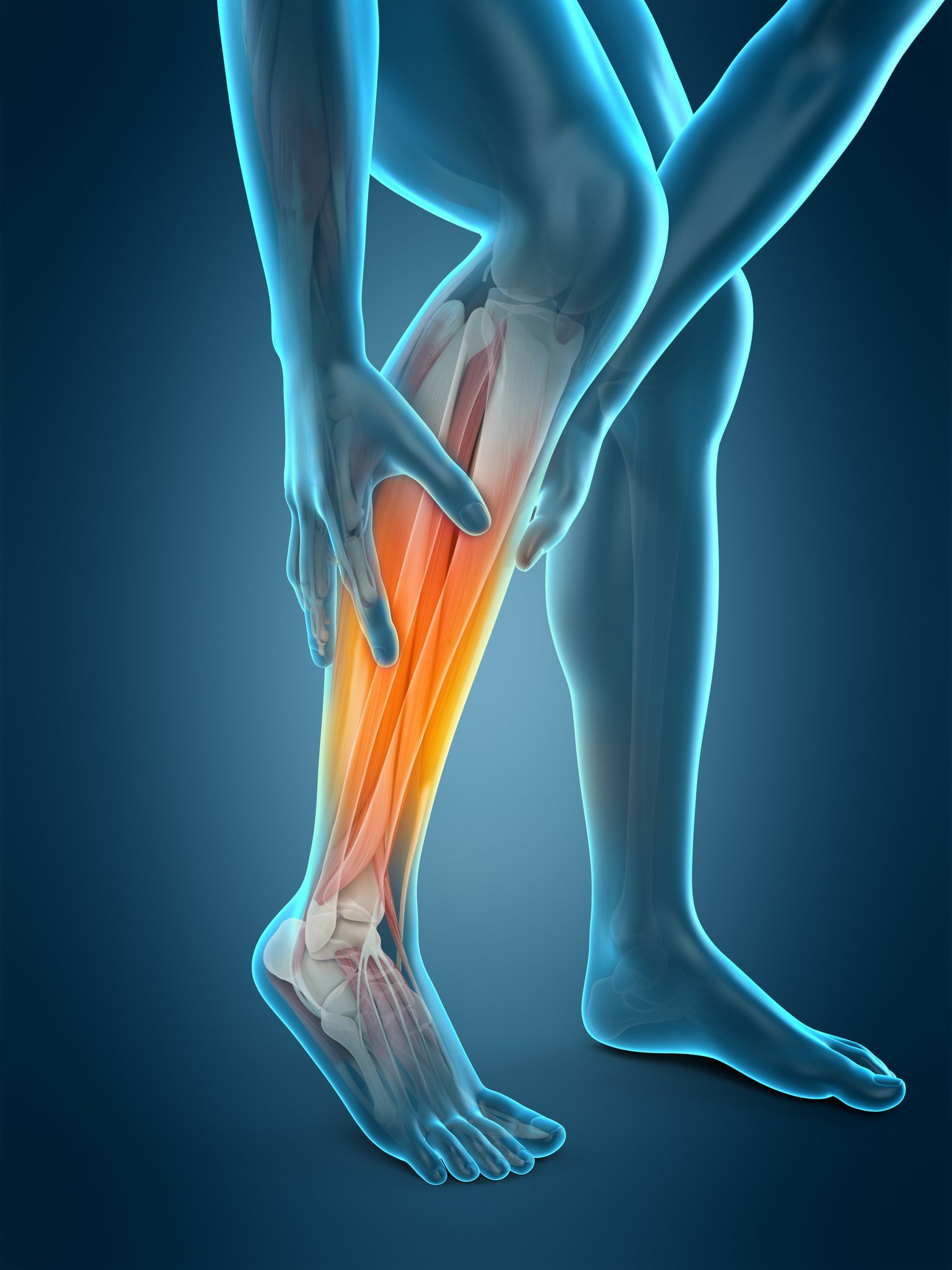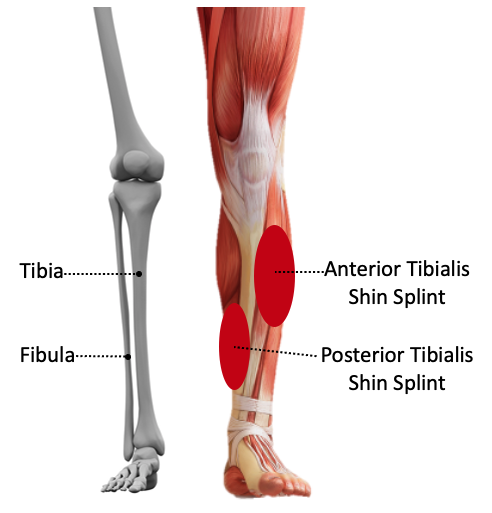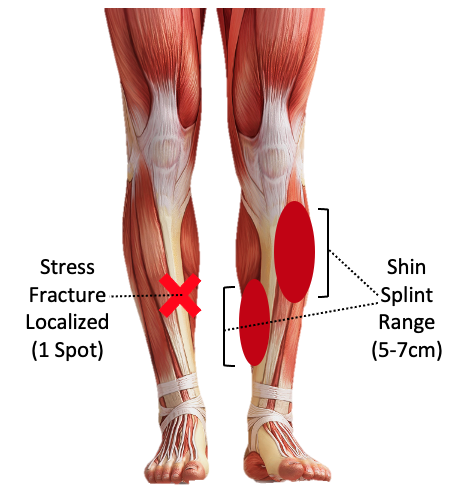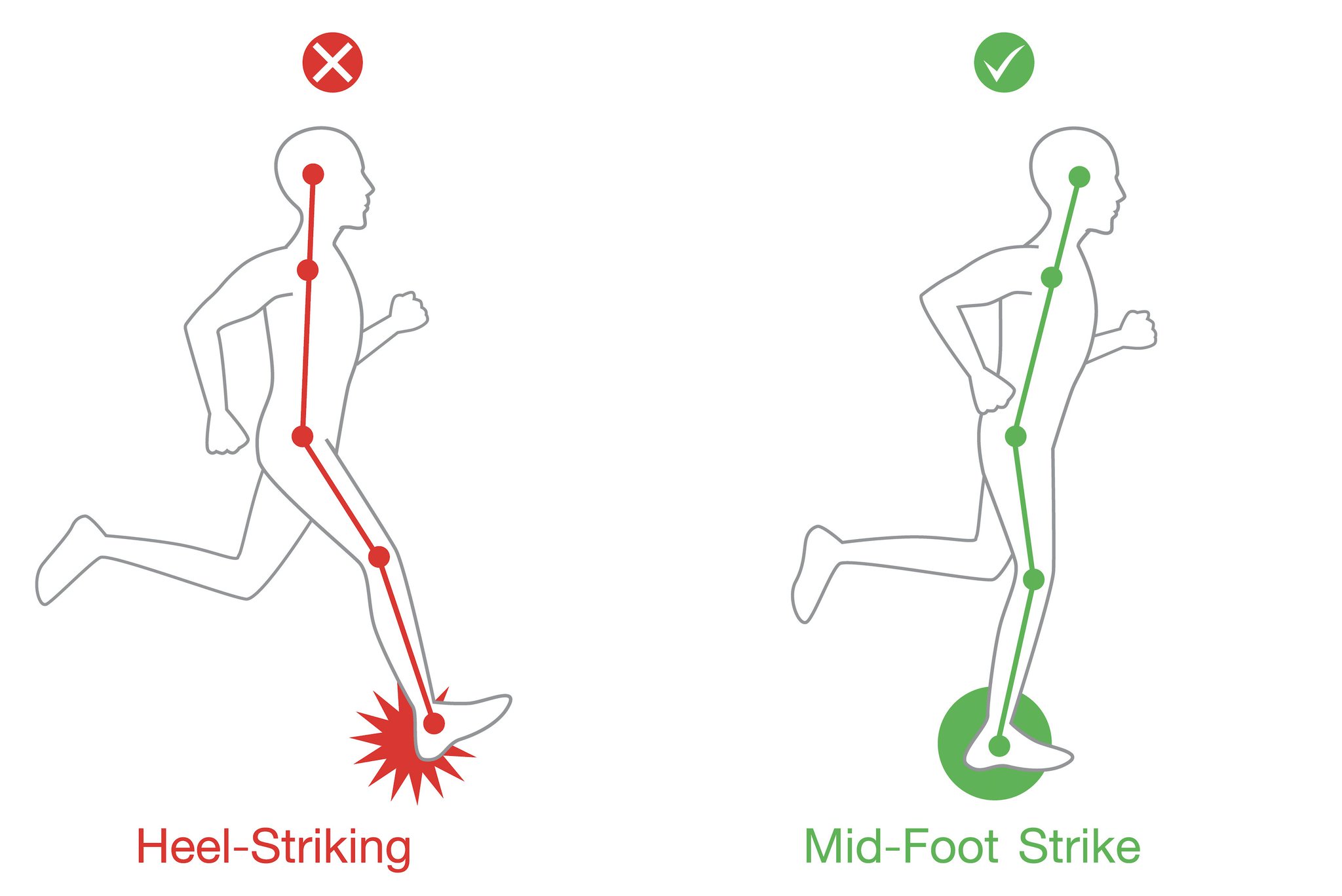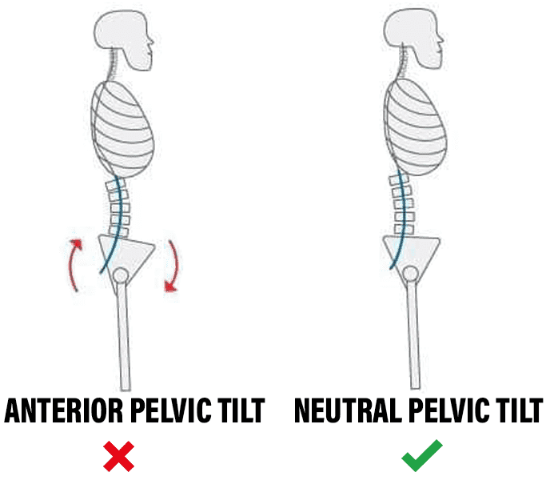Thread
Shin splints suck.
For 20 years they ruined my running.
But in the last 6 years, I've run 7,500 miles with no pain.
Here's how you destroy shin splits (for good):
For 20 years they ruined my running.
But in the last 6 years, I've run 7,500 miles with no pain.
Here's how you destroy shin splits (for good):
🔷 Shin Splints Are a Big Problem
13-20% of runners experience them.
With ~600 million runners worldwide,
it's an injury that afflicts 80-120 million people.
And that's just runners!
Athletes are being sidelined, and many of them give up entirely.
Let's change that.
13-20% of runners experience them.
With ~600 million runners worldwide,
it's an injury that afflicts 80-120 million people.
And that's just runners!
Athletes are being sidelined, and many of them give up entirely.
Let's change that.
🔷 We’ll Answer the Following Questions
• What are shin splints?
• What causes shin splints?
• How do you heal shin splints?
• How do you prevent shin splints?
In 4 minutes you'll have the game plan to run (or play your sport) without shin pain.
Let’s go! 👇
• What are shin splints?
• What causes shin splints?
• How do you heal shin splints?
• How do you prevent shin splints?
In 4 minutes you'll have the game plan to run (or play your sport) without shin pain.
Let’s go! 👇
🔷 What Are Shin Splints?
Shin splints are also known as medial tibia stress syndrome (MTSS).
The pain is caused by overworked tissue around the shinbone (tibia).
Pain occurs in 2 spots:
1. Front (anterior) of the shin
2. Behind (posterior) of the tibia
Shin splints are also known as medial tibia stress syndrome (MTSS).
The pain is caused by overworked tissue around the shinbone (tibia).
Pain occurs in 2 spots:
1. Front (anterior) of the shin
2. Behind (posterior) of the tibia
🔷 Stress Fractures
Shin splints can lead to stress fractures.
Shin splints occur along the shin bone for a length of ~5-7 centimeters and fade as the muscles warm up.
Stress fractures are localized to 1 spot and are sensitive to touch.
If you're unsure, check w/ a doctor/PT.
Shin splints can lead to stress fractures.
Shin splints occur along the shin bone for a length of ~5-7 centimeters and fade as the muscles warm up.
Stress fractures are localized to 1 spot and are sensitive to touch.
If you're unsure, check w/ a doctor/PT.
🔷 What Causes Shin Splints?
The muscles, tendons, and ligaments around the tibia become overworked and improperly stressed by:
• Too much running
• Running with bad form
• Weak core/leg muscles
• Limited range of motion
Any combination of these can cause shin splints.
The muscles, tendons, and ligaments around the tibia become overworked and improperly stressed by:
• Too much running
• Running with bad form
• Weak core/leg muscles
• Limited range of motion
Any combination of these can cause shin splints.
🔷 When to Back Off?
If you have shin splints that have progressed from 'mild' pain to 'moderate' pain, you should stop running.
That doesn't mean you have to be inactive.
Cross train:
• Row
• Bike
• Swim
You can maintain (and improve) fitness while your shin heals.
If you have shin splints that have progressed from 'mild' pain to 'moderate' pain, you should stop running.
That doesn't mean you have to be inactive.
Cross train:
• Row
• Bike
• Swim
You can maintain (and improve) fitness while your shin heals.
🔷 Recovery
You can massage the area with:
• lax ball
• your hand
• foam roller
• massage gun
🔷 Nutrition
Ensure you have adequate levels of calcium and vitamin D.
You should start feeling better within a few weeks.
But how do you avoid pain in the first place?
👇
You can massage the area with:
• lax ball
• your hand
• foam roller
• massage gun
🔷 Nutrition
Ensure you have adequate levels of calcium and vitamin D.
You should start feeling better within a few weeks.
But how do you avoid pain in the first place?
👇
❌ Problem: Too Much Running
Running Dosage = Frequency x Duration x Intensity
• Frequency = number of runs per week
• Duration = amount of time spent running
• Intensity = subjective, speed or HR measurement
Consider all 3 to ensure you aren't increasing dosage too fast.
Running Dosage = Frequency x Duration x Intensity
• Frequency = number of runs per week
• Duration = amount of time spent running
• Intensity = subjective, speed or HR measurement
Consider all 3 to ensure you aren't increasing dosage too fast.
✅ Solution: Gradually Increase the Dosage
Follow the 10% rule.
Increase the dosage by no more than 10% weekly.
Schedule down weeks periodically to allow for recovery.
Back off from running if necessary.
Follow the 10% rule.
Increase the dosage by no more than 10% weekly.
Schedule down weeks periodically to allow for recovery.
Back off from running if necessary.
❌ Problem: Running with Bad Form
→ How does your foot hit the ground?
→ How long is your stride?
• Avoid heel striking
• Land on toes only when sprinting
• Limit stride length (aim for 85-90 strikes per min.)
Poor form causes many different types of running injuries.
→ How does your foot hit the ground?
→ How long is your stride?
• Avoid heel striking
• Land on toes only when sprinting
• Limit stride length (aim for 85-90 strikes per min.)
Poor form causes many different types of running injuries.
✅ Solution: Adopt a Mid-Foot Strike
• Shorten your stride
• Conduct a gait analysis (running store or w/ PT)
• Try different shoes (including minimalist & supportive)
If a mid-foot strike is new for you, ease into it, as muscles will be worked differently.
• Shorten your stride
• Conduct a gait analysis (running store or w/ PT)
• Try different shoes (including minimalist & supportive)
If a mid-foot strike is new for you, ease into it, as muscles will be worked differently.
❌ Problem: Weak Core Muscles
Runners need strong cores.
Weak core muscles can cause forward (anterior) pelvic tilt.
The result is increased stress through the knees and around the tibia, causing shin splints and other problems.
Runners need strong cores.
Weak core muscles can cause forward (anterior) pelvic tilt.
The result is increased stress through the knees and around the tibia, causing shin splints and other problems.
✅ Solution: Core Strength Exercises
• Planks
• Side planks
• Bird Dog
• V Sits
• Planks
• Side planks
• Bird Dog
• V Sits
❌ Problem: Weak Leg Muscles
The muscles around the tibia are weak and overworked.
Other muscles of the leg (particularly the hips) are weak and cause poor form.
The muscles around the tibia are weak and overworked.
Other muscles of the leg (particularly the hips) are weak and cause poor form.
✅ Solution 1: Lower Leg Strength Exercises
• Calf raises
• Feet exercises
• Tibialis anterior raises
If you can, spend time barefoot to strengthen the feet and ankles.
• Calf raises
• Feet exercises
• Tibialis anterior raises
If you can, spend time barefoot to strengthen the feet and ankles.
✅ Solution 2: Upper Leg Strength Exercises
• Squats
• Lunges
• Hip Hikes
• Monster Walk
• Squats
• Lunges
• Hip Hikes
• Monster Walk
❌ Problem: Limited Range of Motion
Lack of range of motion limits the ability of the muscles to absorb the shock.
Focus on the lower leg, but tightness in one area can cause problems in another. Ensure you work to have proper ranges of motion throughout the body.
Lack of range of motion limits the ability of the muscles to absorb the shock.
Focus on the lower leg, but tightness in one area can cause problems in another. Ensure you work to have proper ranges of motion throughout the body.
✅ Solution: Stretching
• Calves / Soleus
• Quads
• Hamstrings
• Hips
• Calves / Soleus
• Quads
• Hamstrings
• Hips
That's it! Thanks for reading my thread.
I hope it helps you destroy shin splints so you can run more.
If you enjoyed this, 2 requests:
1. Follow me @singhcredible to become a great runner & athlete.
2. Share this thread so others can read it.
I hope it helps you destroy shin splints so you can run more.
If you enjoyed this, 2 requests:
1. Follow me @singhcredible to become a great runner & athlete.
2. Share this thread so others can read it.
TL;DR
Shin splints suck.
Here's how you fix them:
• Rest (cross-train)
• Massage the area
• Gradually increase running
• Mid-foot strike (new shoes)
• Strengthen core muscles
• Strengthen leg muscles
• Stretch
See you out there 👊
Shin splints suck.
Here's how you fix them:
• Rest (cross-train)
• Massage the area
• Gradually increase running
• Mid-foot strike (new shoes)
• Strengthen core muscles
• Strengthen leg muscles
• Stretch
See you out there 👊
Want to take a deeper dive?
The Next Level newsletter:
• Goal setting
• Training protocols
• Habit development
• Mental toughness
• And more!
Actionable insights to level up your performance every week.
Join for free today:
www.getrevue.co/profile/thenextlevel?via=twitter-profile
The Next Level newsletter:
• Goal setting
• Training protocols
• Habit development
• Mental toughness
• And more!
Actionable insights to level up your performance every week.
Join for free today:
www.getrevue.co/profile/thenextlevel?via=twitter-profile
